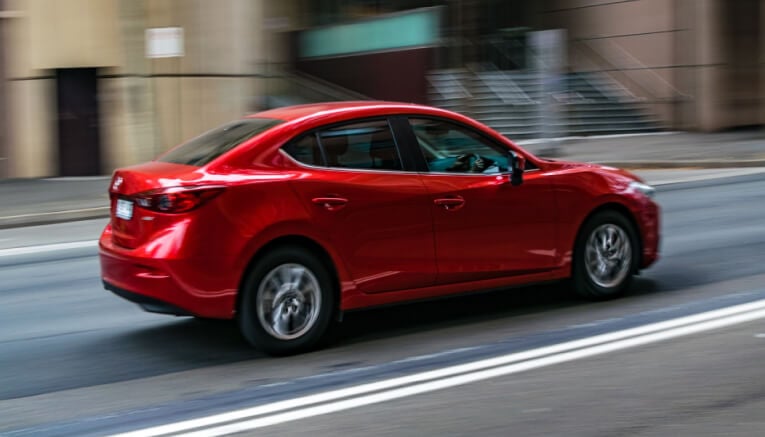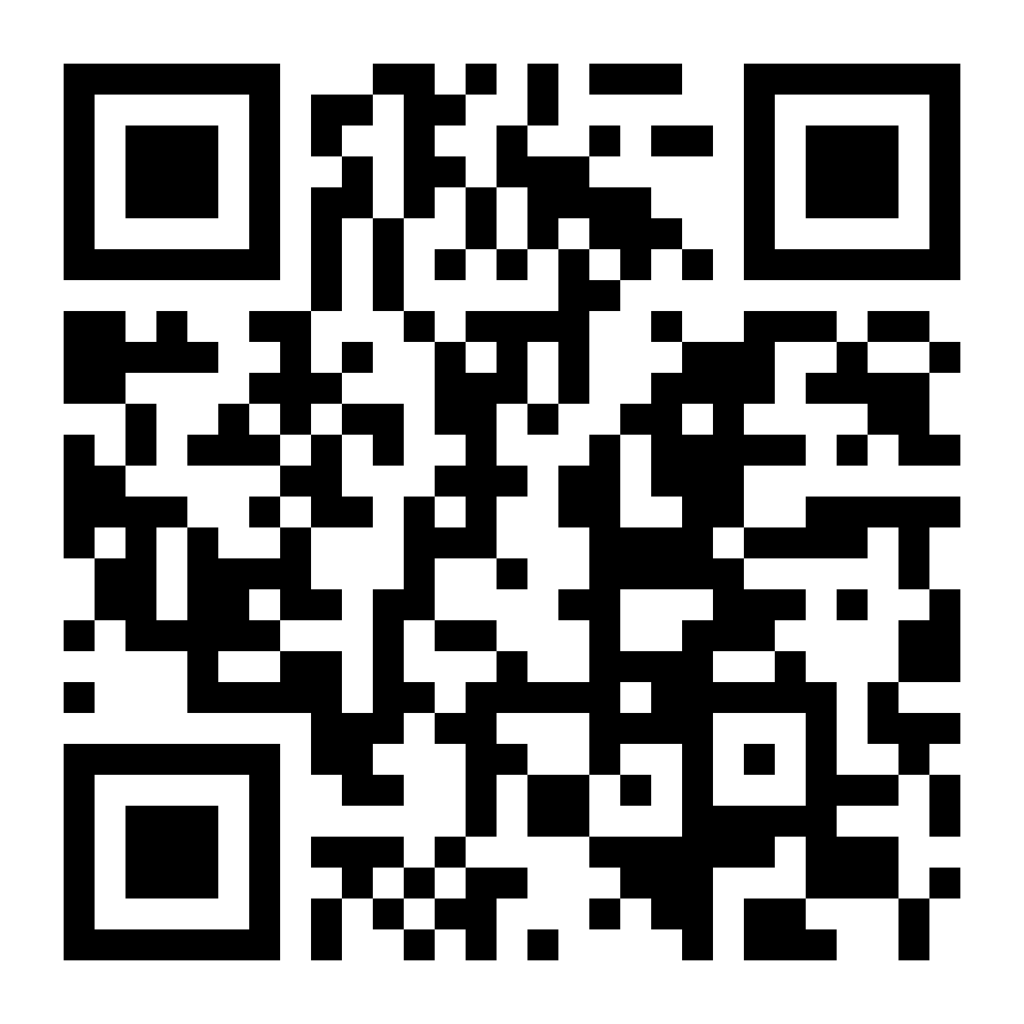According to a recent study, 60% of employees believe that automation and AI help improve job fulfilment. The more you automate your workflow, the more time you and your team will have to do the work you really want to do.
Today, we want to discuss the statistics regarding manual expense reports, the huge advantages of automation, and the steps your company can take to begin automating your processes.
Expense Report Automation Explained: The Problem With Manual Expense Reports
The Numbers
We previously discussed the hidden costs of manual expense reports in detail, but in a nutshell, they leave your company open to losing significant amounts of time and money. According to the Global Business Travel Association, 19% of all expense reports have errors.
Related: Manual Expense Reports: The Hidden Costs
They take 20 minutes to complete, and a further 18 minutes to correct. Money-wise, they cost $58 to process and $52 to correct if they have an error.
According to the research firm Forrester, nearly 80% of all organizations still rely on manual expense reports. On top of that, Business Insider reports that a study of Australian SMBs could save up to $40,000 (~$26,400 USD) every year just by removing duplicate claims.
Manual Processes Lead to Fraud – Easily.
Not convinced? Here’s a stunner: from the Association of Certified Fraud Examiners, companies lose 5% of all of their revenue to fraud, with 10% of that coming through intentional omissions.
What’s the #1 cause of expense fraud? You might find this surprising – it’s over-reported mileage! According to a recent study by Chrome River, over-reported mileage makes up nearly 40% of all expense fraud cases.
A Hassle For Every Department
Manual processes hamper your business from the bottom up. For example, take manual vs. automatic mileage tracking.
Your drivers need to fill out manual mileage logs, which can take up dozens of hours of their time every year. Plus, they might need to hold onto receipts. Then, they need to take even more time properly documenting all of their reimbursable expenses.
Managers then need to wrangle all of their team’s expense reports manually, process them, and finally approve or reject them. Your accounting team then has to deal with making sure every dollar is accounted for.
Related: Company Expense Approval Hierarchy Explained
There’s no way around it: implementing automation makes each and every one of these processes significantly simpler.
Expense Report Automation Explained: The Benefits Of Automating Your Expense Management System
The benefits of automating your team’s expense management system run parallel to the issues with manual expense reports. Virtually all of the lost time and money from manual processes is done away with entirely.
To use the mileage example, instead of using pen-and-paper mileage logs, your team could use an automatic mileage tracker app like TripLog. These apps automate your team’s mileage and expense capture by automatically starting to track their trip when they start driving and ending it when they stop.
Your team will be more productive, satisfied, and have access to better visibility over your company’s spending.
Simply put, automating your company’s expense management system will save everyone in your company time, giving your team more hours of productivity. In addition, the cost-savings are often substantial as well.
The Power of OCR in Expense Automation
One of the most significant technological advances in expense automation is Optical Character Recognition (OCR). This technology has revolutionized how businesses handle receipts and invoices by eliminating manual data entry.
What is OCR?
OCR technology converts images of text into machine-readable text data. For expense management, this means turning photos of receipts and invoices into digital data that can be automatically processed and stored.
How OCR Improves Expense Management
The traditional process of manually entering receipt data is time-consuming and error-prone. OCR technology allows employees to simply snap a photo of their receipt, and within seconds, all important information is extracted and processed.
Key information like amounts, dates, and merchant names are automatically pulled from receipts and categorized appropriately. This data is then instantly added to expense reports, eliminating the need for manual entry and reducing the chance of errors.
Modern OCR systems can detect and flag potential duplicate submissions, helping prevent accidental or intentional double-charging. They can also identify expenses that fall outside of company policy, making compliance management much simpler.
Advanced OCR capabilities now include processing receipts in multiple languages and handling various receipt formats and sizes. This flexibility makes it especially valuable for businesses operating internationally or dealing with diverse vendors.
The impact on record-keeping is equally significant. By digitizing receipts immediately at the point of purchase, businesses eliminate the problem of lost or damaged paper receipts. Digital copies are stored securely and can be easily accessed for future reference or audits.

Expense Report Automation Explained: How to Begin Automating Your Expense Procedures
There are many avenues you could take to start automating your expense procedures. The simplest method is to use a piece of dedicated software.
Related: Car Allowance vs. Mileage Reimbursement Explained
Take the time to evaluate your company and team’s unique needs and determine what time of expense software you’ll need. For example, if your company has drivers who use their personal vehicles to work, using an automatic mileage tracking and reimbursement solution like TripLog can be a powerful – and easy – way to automate your expense management.
How TripLog Can Help Automate Your Expense Procedures
When it comes to automating your team’s mileage and expense capture and reimbursements, no other solution comes close to what TripLog offers. TripLog offers many powerful features that help automate your company’s expense tracking. Here are a few:
Expense Automation Feature #1: Over-reported Mileage Detection
As we discussed previously, over-reported mileage is the #1 cause of expense fraud today. It’s simply too easy for a driver to add an extra mile here or there to get some extra money – and many do just that.
A driver could take a trip and manually report that it took them 25 miles when in reality it only took 20. TripLog can automatically compare a given manual entry to Google Maps’ data.
Related: Top 7 Best Expensify Alternatives
If a trip is over-reported, TripLog will automatically flag it. If one of your drivers over-reports a trip, TripLog is able to flag that trip automatically. You can even set it to automatically correct incorrect mileage reports!
Automation Feature #2: Payroll Integrations + Automated Reports
TripLog natively integrates with your favorite payroll solutions such as ADP, SAP Concur, Paychex, and more, allowing organizations to fully automate their mileage and expense reimbursement needs.
In addition, TripLog offers convenient automated reports, saving your team significant amounts of time and labor, and giving you the insights you need to make decisions that can positively affect your business.
Automation Feature #3: Commute Mileage Exemption
Another one of TripLog’s unique features is its ability to automatically exempt your team’s first and last trips of the day, preventing commutes from being treated as reimbursable trips.
Related: IRS Mileage Commuting Rule: What Businesses Need To Know
Automation Feature #4: Spending Limit Rules
TripLog admins are able to set custom spending limit rules for their company. For example, if your team members regularly use hotels, you can set how much they’re allowed to spend on a given hotel stay.
Admins can also adjust the scope (per transaction, per day, per week, etc.), as well as manage additional options such as whether or not to require receipts. TripLog also can automatically flag reports that exceed these spending limits.
Automation Feature #5: Real-Time Processing
Unlike traditional expense systems that process claims in batches, TripLog handles expenses in real-time. This means:
- Immediate visibility into spending
- Faster reimbursement for employees
- Better cash flow management
- Reduced end-of-month bottlenecks
Automation Feature #6: Advanced Receipt Scanning
TripLog’s OCR receipt scanning technology takes the hassle out of expense reporting. The mobile app allows your team to capture receipt images on the go, while our advanced OCR technology handles the rest.
When a team member photographs a receipt, TripLog’s OCR system automatically extracts crucial information like the total amount, date, and merchant name. This data is then automatically categorized and added to their expense report, eliminating manual data entry entirely.
Security and accessibility are built into the system. All receipt images are stored securely in the cloud, making them easily accessible for future reference or potential audits. Your team never has to worry about lost or damaged paper receipts again.
Start Your Expense Automation Journey Today
You can customize TripLog to automate many aspects of your team’s mileage reimbursement and expense procedures. No other solution comes close, neither in regard to features nor our unbelievable price point.
To learn more about TripLog’s countless expense automation features, schedule a complimentary live demo with one of our mileage experts, or visit our pricing page to get started.









